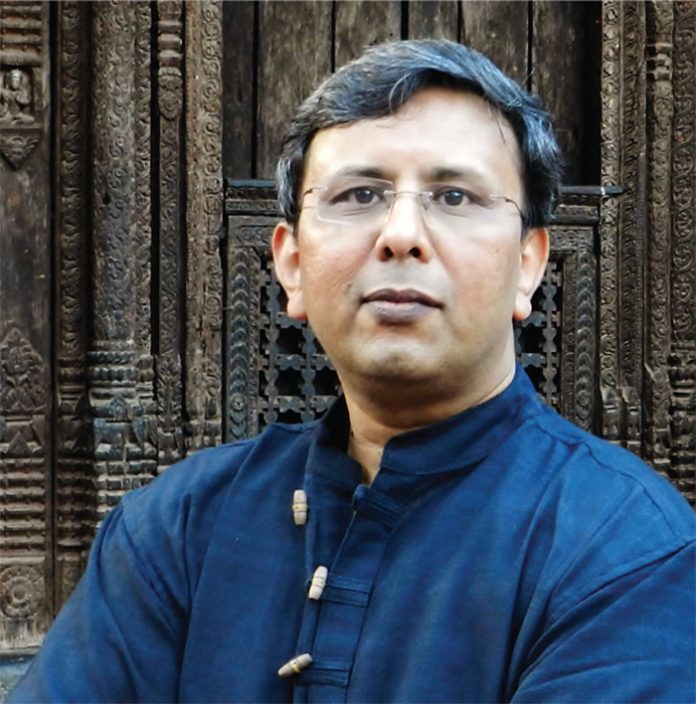Hachette began its India operations in 2009 with Amit Var- ma’s My Friend Sancho be- coming the highest selling fiction in its debut year. It’s India operations though currently small are linked to Hachette UK which has over a dozen well-known brands and imprints like Hodder & Stoughton, Little, Brown, Octopus, Orion, Chambers-Harrap, Pi- atkus, John Murray Press, Orbit, Aba- cus, Sceptre, Virago, Business Plus,
Hamlyn, and Bounty.Hachette India has been a low key player amongst the publishing majors possiblybecauseits Indiaunitisrelatively new and small. “We are new and with Poulomi Chatterjeejusttakingoverfrom August — our local publishing division has beentaskedto buildits ownlist iden- tity,” says Thomas Abraham, managing director of Hachette India explaining that each publishing division of Ha- chette is meant to manage its local terri- tory, source books and discover local tal- ent. In the first few years Hachette India has had a relatively narrow focus limited tocommercialandcrossoverfiction(not the low priced version). “However, we are ready to move into next gear — fo- cussing onsegmentationthat we believe works here,” says Abraham.
Select list
Hachette India publishes general, liter- ary and commercial fiction, children’s and reference books as well as non-fic- tion, covering memoirs, self-help, trav- el, history, business, popular culture, lifestyle and sports. It publishes 50 titles annually in the general category and 15 titles for children each year. Over the last few years it has produced several bestselling titles including Turbulence by Samit Basu, Third Best by Arjun Rao and a spate of non-fiction books like 24 Akbar Road, The Absent State, The Red Market and Travelling Diva. Ithas come out with Diva Green by celebrity chef Ritu Dalmia and Durbar by Tavleen Singh. Among the Indian authors on its UK list are Vikram Seth and Amitav Ghosh, Ruth Prawer Jhabvala and La- vanya Sankaran, to name a few.
Amazon tussle over pricing
The Hachette Book Group (HBG), the US arm of Hachette is now under the spotlight over its tussle with Amazon. Since January 2014 Amazon and HBG have entered the phase of protracted and contentious contract renewal ne- gotiations.
To be fair to Amazon, it works on extremely thin margins investing heav- ily in its supply chain business that in- cludes its giant Fulfillment Centres. This improves Amazon’s volumes but makes its margins paper thin and it is often under pressure from investors. Publishers comparatively work on high margins that keep them secure and of- ten merge with each other to retain market share and high margins.
The two business models confront each other every two to three years dur- ing the contract renewal period. While publishers try to gaininthe deal making with Amazonduringthecontractnegoti- ationperiod, Amazonrestricts its buying and stops pre-ordering to push down sales. However, as Amazon has begun this exercise with HBG it is earning the wrath of best selling authors under the HBG brand primarily in the US where sales have plummeted.
Writers from Malcolm Gladwell to JD Salinger have been affected and have taken to social media to condemn Amazon giving it bad press. Hachette author Marla Heller, who wrote The Dash Diet Weight Loss Solution, said Amazon’s actions ‘dramatically impact- ed’ her sales, because first it slashed dis- counts raising the price of books by US$ 8 and then placed a cheaper price title in the similar books category available on Amazon.


















